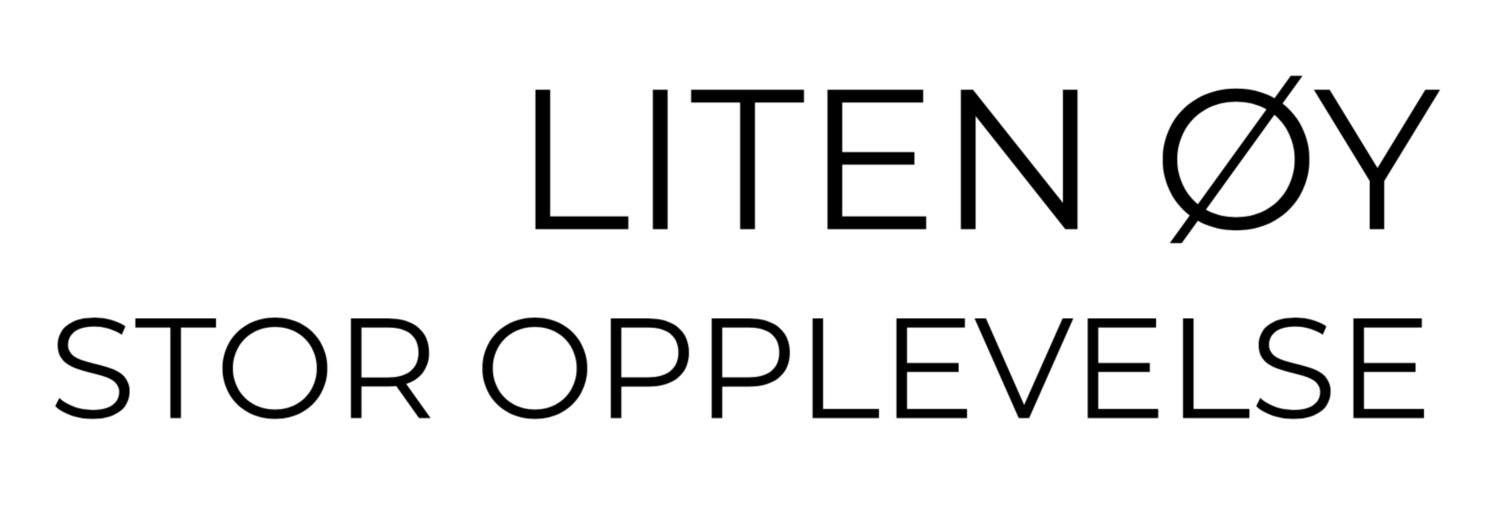“Hvitkinngjess.” Foto: Per Harald Olsen.
BIRD LIFE IS UNIQUE
More than 220 bird species have been observed here in our archipelago; two hundred and twenty. Some of them are protected, such as white-cheeked geese, which in their thousands graze fat here and on the islets around Selvær in April-May. Then they fly on to Svalbard.
There are also about thirty eagles that live on islets and reefs around Selvær.
Sparrow is also a dear and well-established guest here.
En god blogg for ornitologer.
A BLOG
“Tranatrampers” CAN G
eider
is probably the first domestic animal in the Nordic countries and it has a long history here at Selvær. You can find it widely discussed here. (Will be translated later on.)
BARNACLE GEESE
Hvitkinngåsa (se foto øverst på siden), er en fugleart i andefamilien, på størrelse med en stor gravand. Kan minne litt om kanadagås, men er atskillig mindre. Vekt ca. 1,5–2,5 kg. Gråsvart og hvit kropp, svart bryst og hals, mens forsiden av hodet er hvit.
Hekker på Svalbard, Nordøst-Grønland og på Novaja Semlja. Hekkefuglene i hvert av disse områdene utgjør egne populasjoner som har hvert sitt overvintringsområde i Nordvest-Europa. Har muligens hekket i Nord-Norge på 1800-tallet, og enkelte rømte fangenskapsfugler har hekket på øyer i Indre Oslofjord.
Den østlige bestanden passerer Østersjøområdet under trekket. I de senere år har det etablert seg hekkebestander i dette området (Gotland i Sverige og i Estland). Svalbardbestanden overvintrer i Solway Firth på grensen mellom Skottland og England. Under trekket nordover om våren stopper hvitkinngjessene på øyer langs Helgelandskysten og i Vesterålen, hvor de beiter for å øke sine energireserver før de fortsetter trekket til Svalbard. Under høsttrekket er Bjørnøya en viktig rasteplass, og det antas at en stor del av bestanden trekker direkte fra Bjørnøya til Skottland. Svalbardbestanden har økt fra noen få hundre fugler like etter siste verdenskrig til over 25 000 individer i begynnelsen av 2000-årene. Økningen skyldes sannsynligvis ulike vernetiltak både i hekkeområdet, under trekket og i overvintringskvarteret.
Kilde: Store Norske Leksikon
KILLERWHALES AND OTHER WHALES AROUND SELVÆR
In late autumn, flocks of both killer whales and other whales migrate close by, in search of the herring shoal that also migrates along our coast to spawn. It is a powerful sight when these colossi break the sea surface on their journey, when the sun is low above the horizon.
Read more here about seals as a resource, also when it comes to hunting.
OTHER ANIMALS THAT CAN APPEAR HERE
Trygve Selvær tells about when he as a young boy experienced that a walrus found its way here and swam into the strait and lay down by the sea, and about how the young hunted it at sea again. Oats and copper can still be observed on the westernmost islets. But walruses are not everyday food for us. He also tells the story of the time in the late 1930s when a large herd of pilot whales found their way into the strait here and how these were stopped by the men here who immediately locked them in so that they would not escape. This happened once, but is still a yearly tradition in the Faroe Islands.
FISHING
… has a long tradition here and along the norwegian coast.
Commercial fishing for everything from saithe (photo), catfish, winter cod and halibut to crab and lobster a major industry for many of us at Selvær. We are happy to invite you for fishing for your daily food. Still there are some rules we ask you to respect:
Foreign visitors are permitted to export up to 10 kg of fish or fish fillets. If you can document that you have been fishing under the direction of a registered enterprise, you may export up to 20 kg. An export quota applies for seven days.
Freshly caught saithe with fried onions is something to offer for dinner?
We WANT YOU TO HAVE A NICE EXPERIENCE, BUT WITHOUT EXPORTING FISH.
If you are a foreign citizen, the rules are strict: 10 kg of fish meat each person. And if you are associated with an organized deep-sea fishing offer, you can bring up to 18 kg each person.
If you take more than this across the border, the fines are sky high and all fish are seized. Last fine we read about, was 120.000 NOK to be paid by four foreign tourist before they were allowed to leave Norway, - without any fish at all.
The reason is simply that if private individuals fish up hundreds of kilos of fish, this has a negative effect on the stock targets of the otherwise strictly regulated deep-sea fishing.
More information: Klick here.



